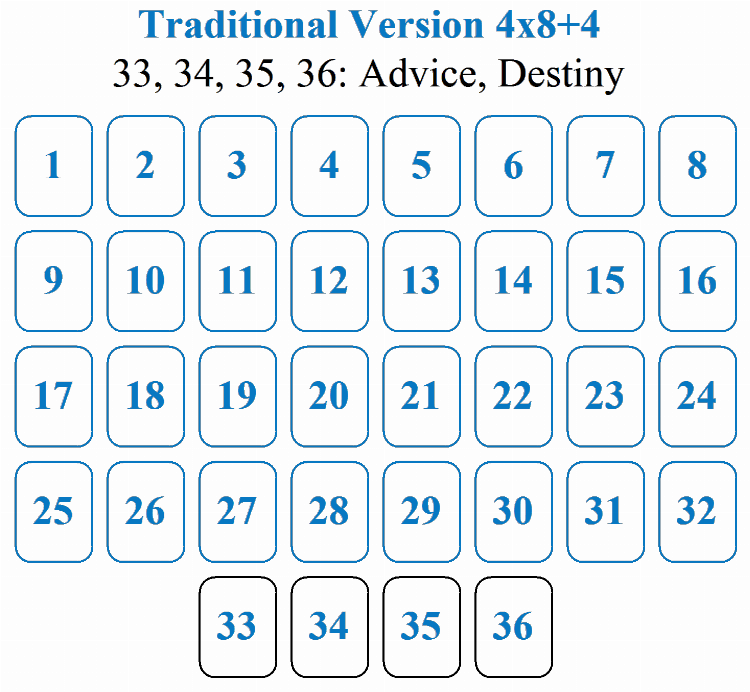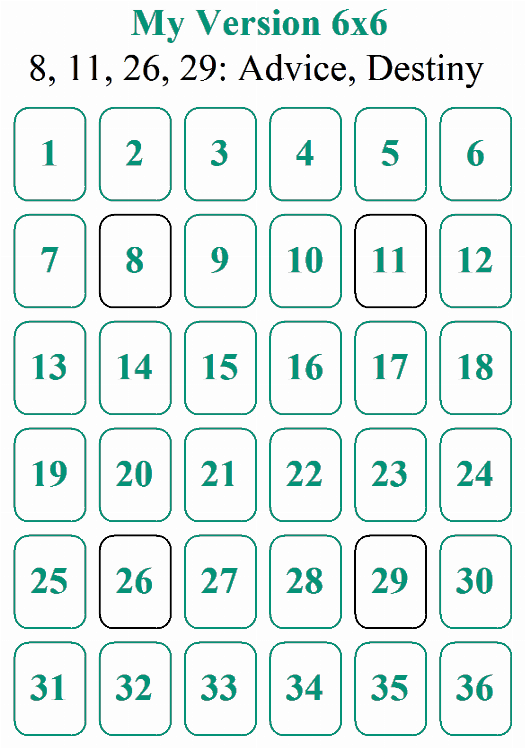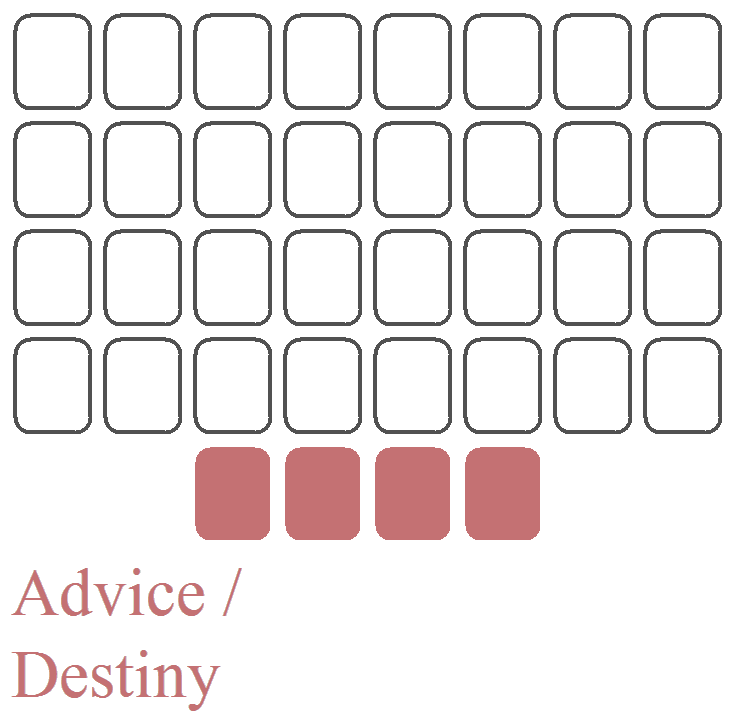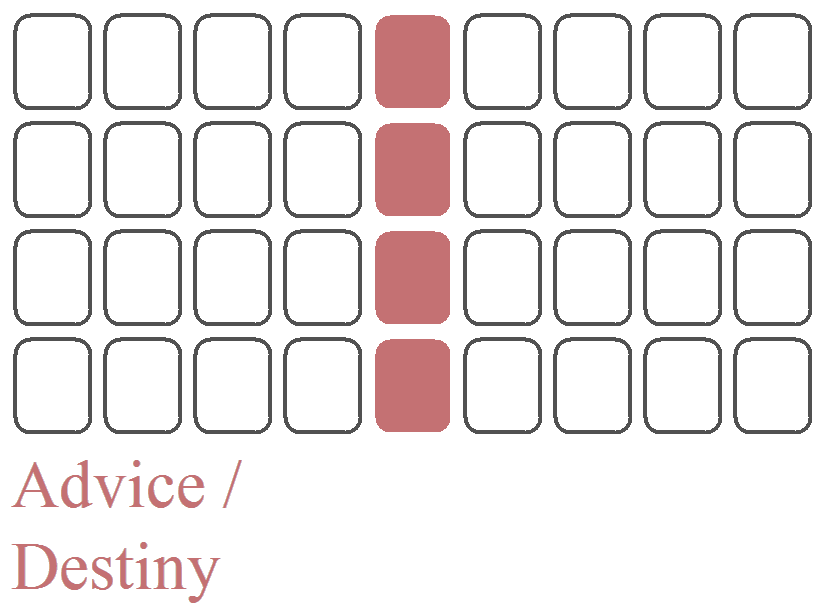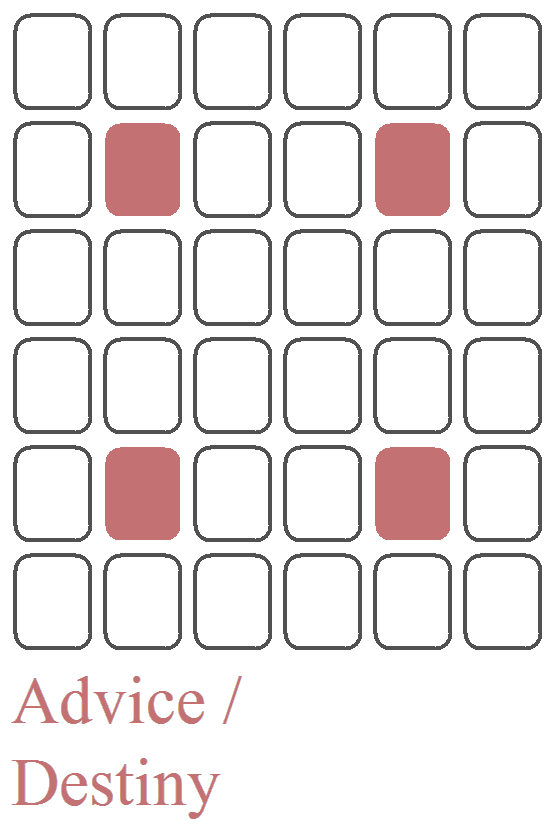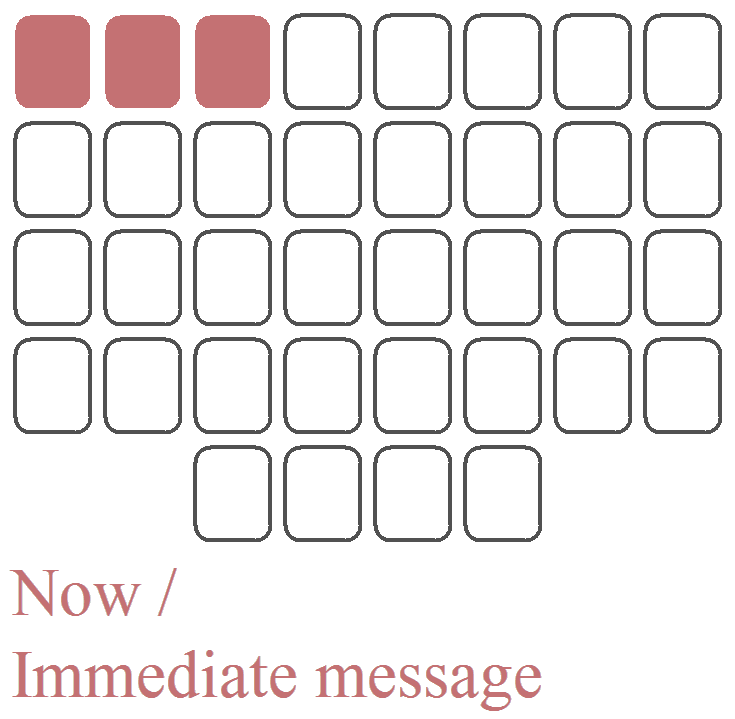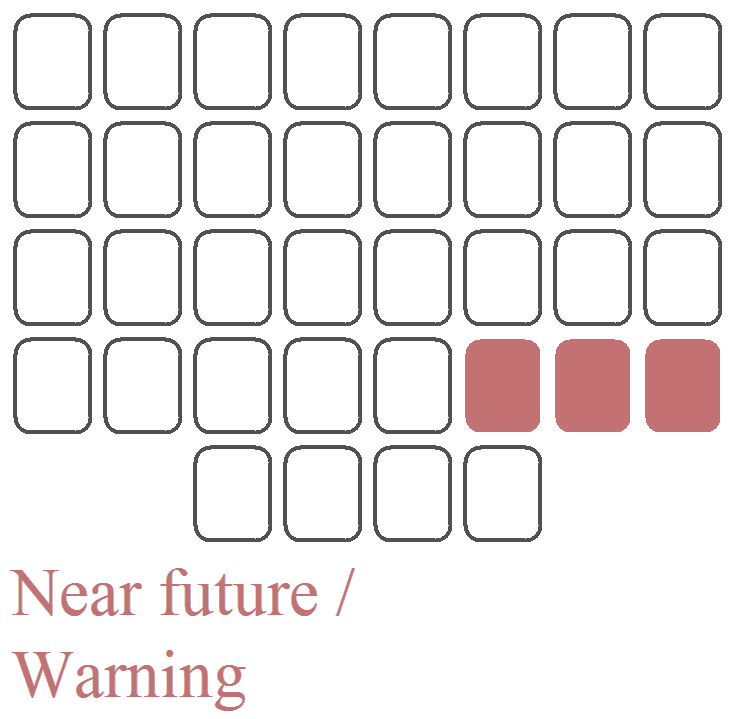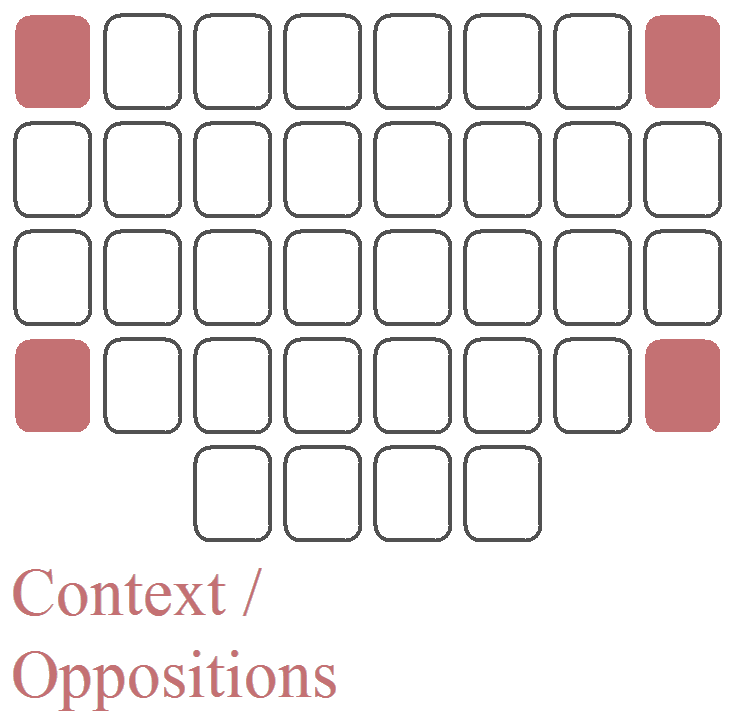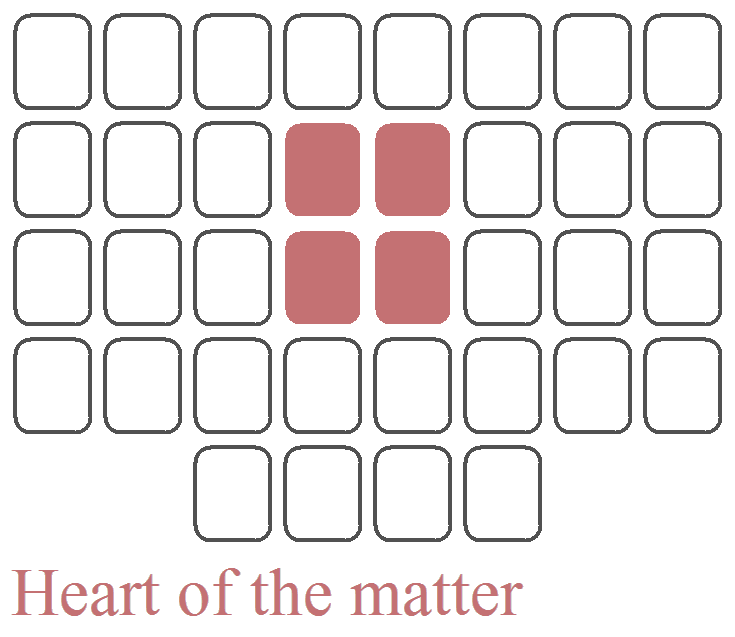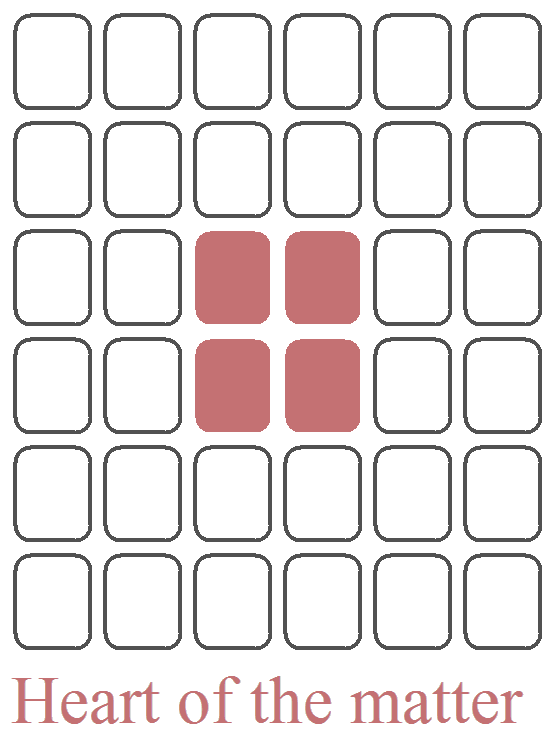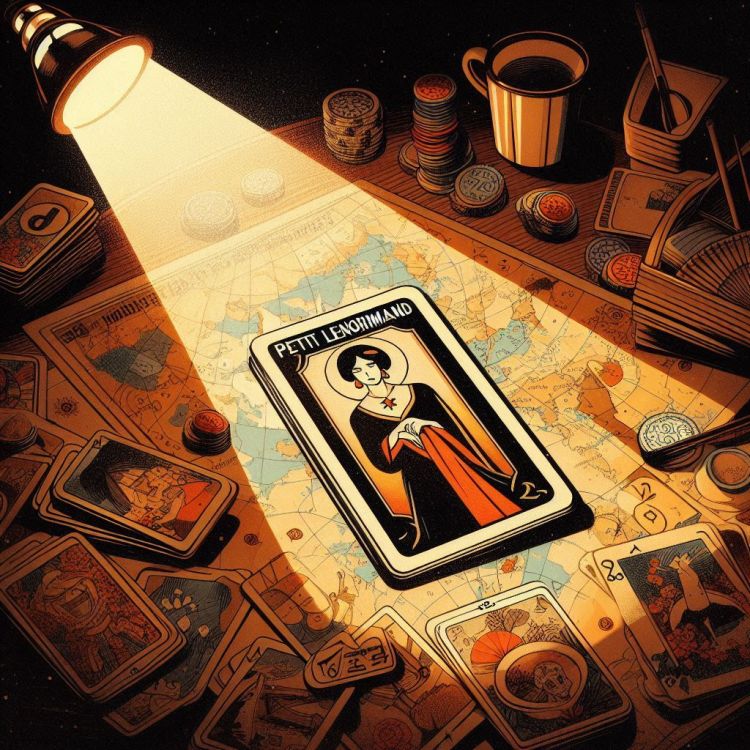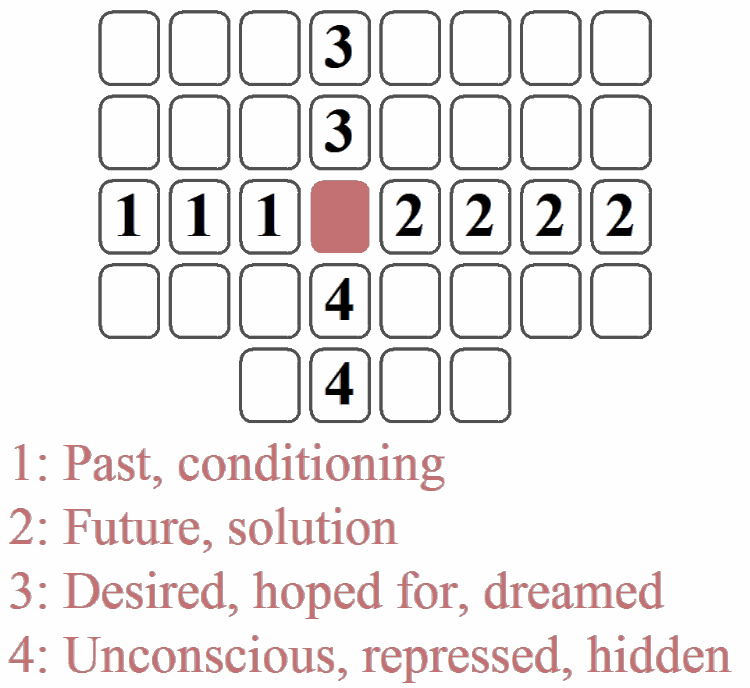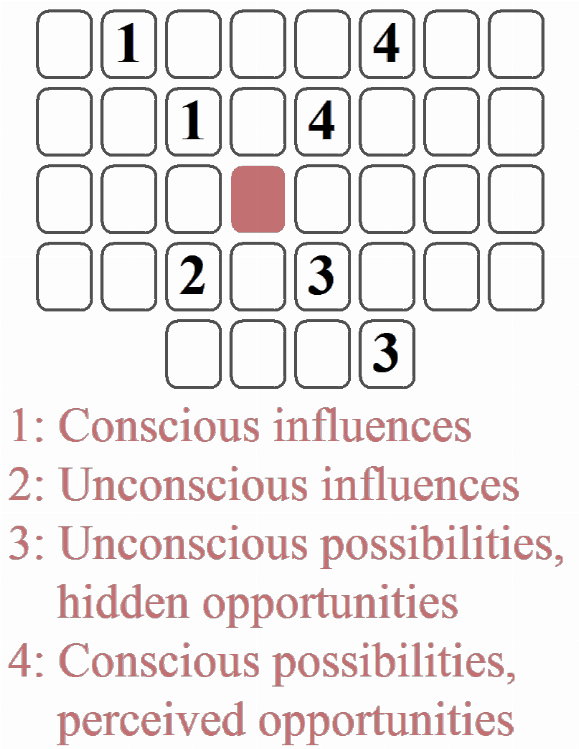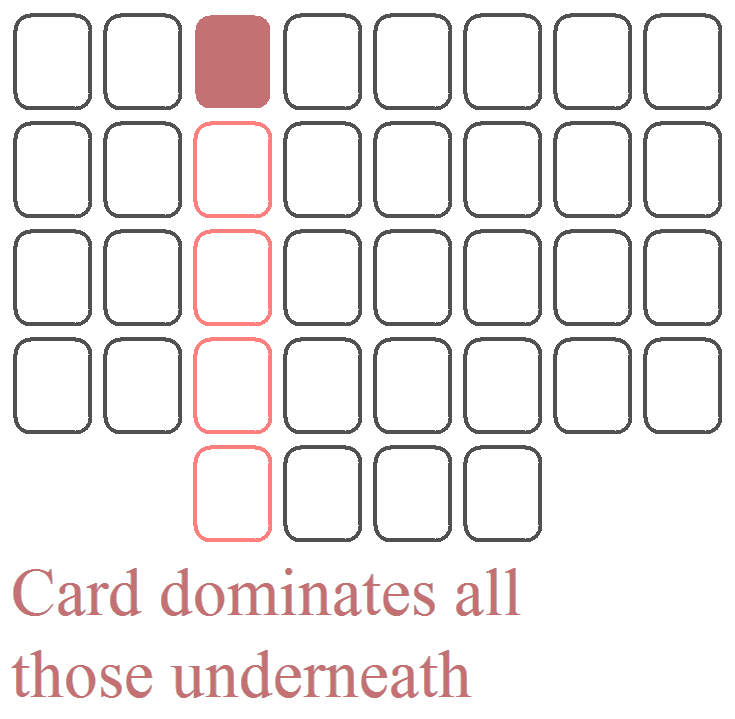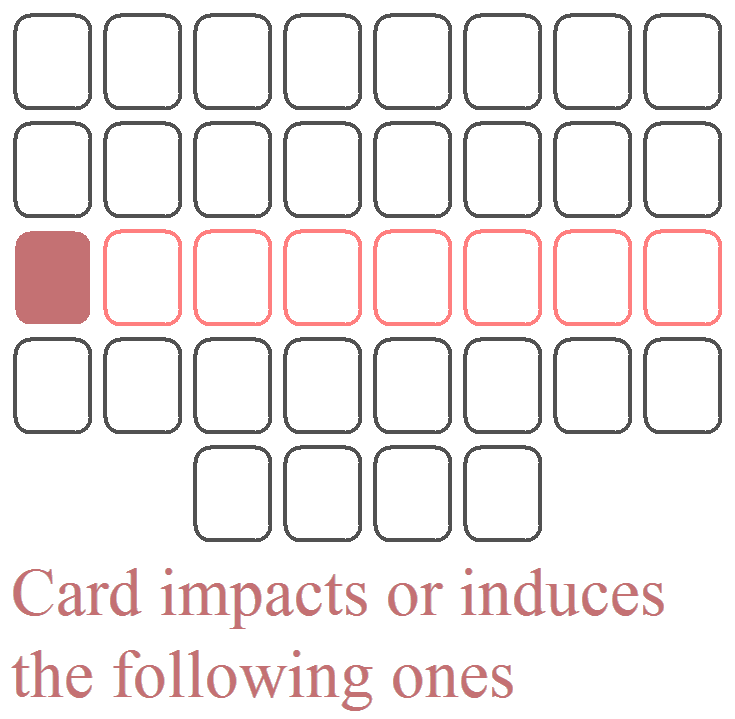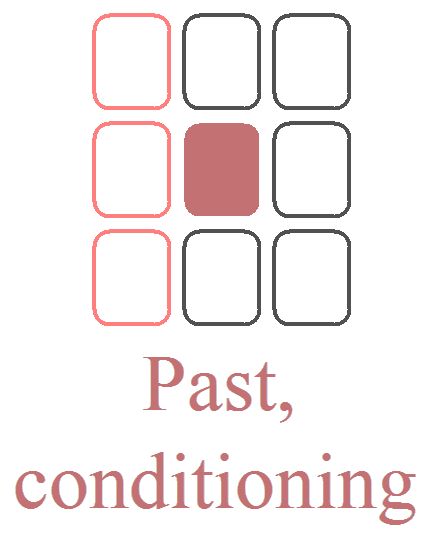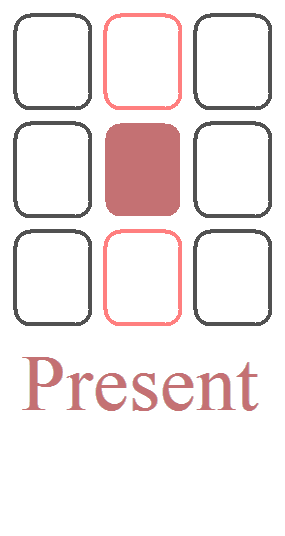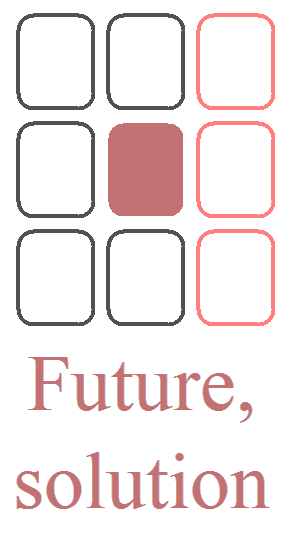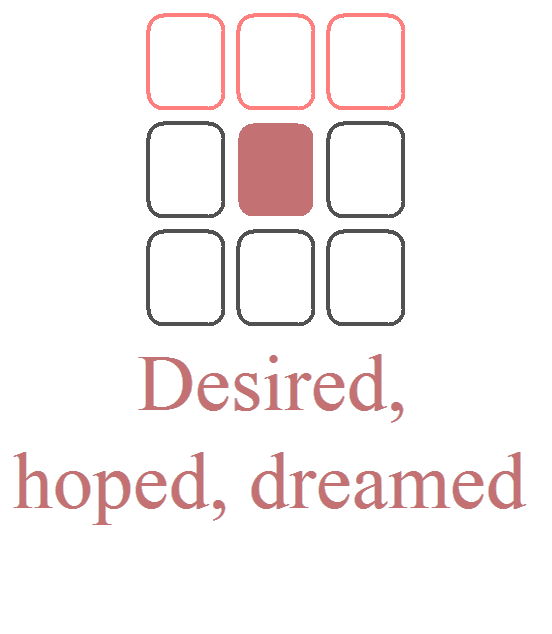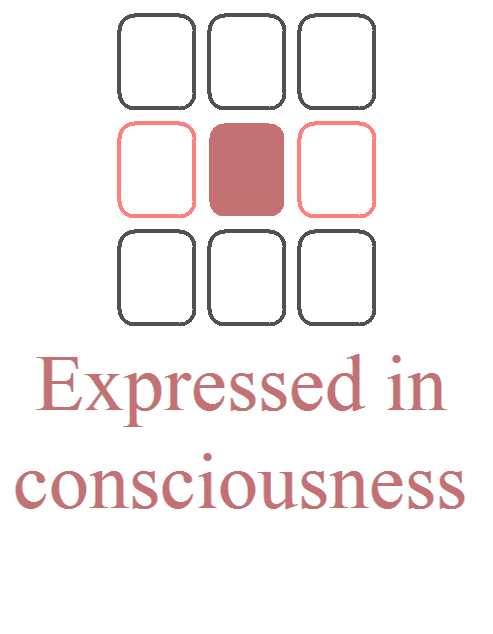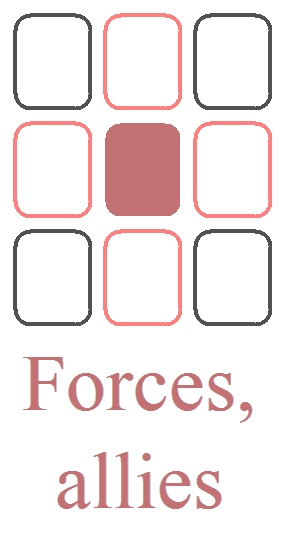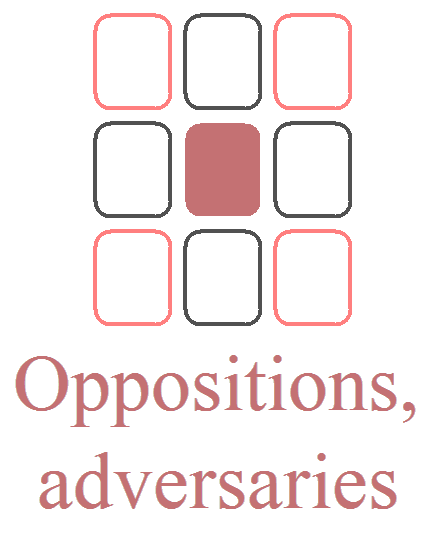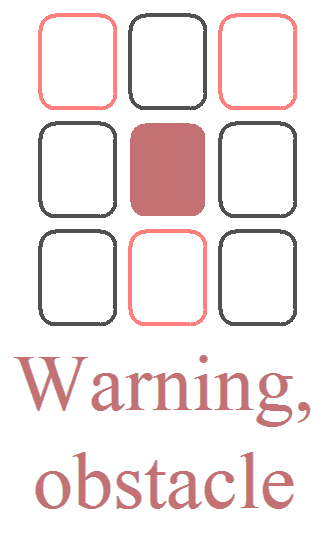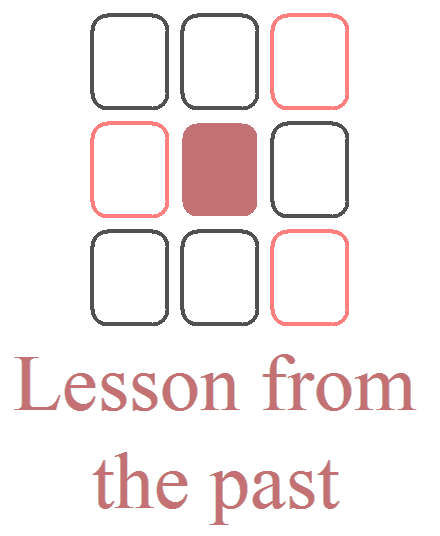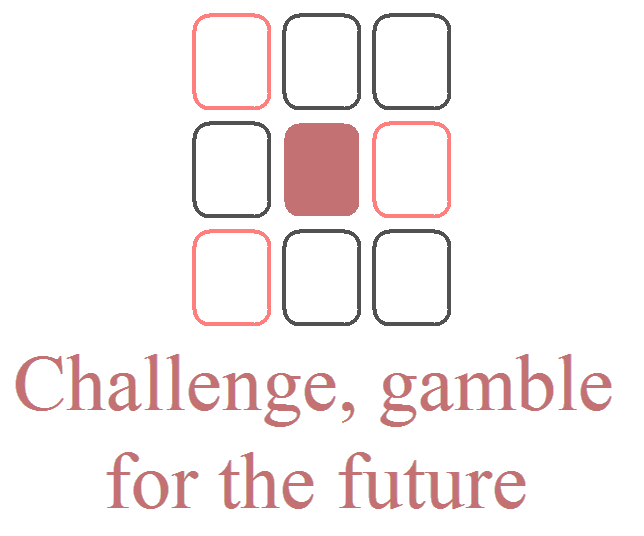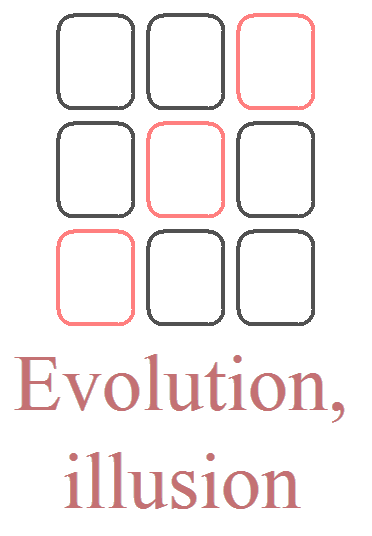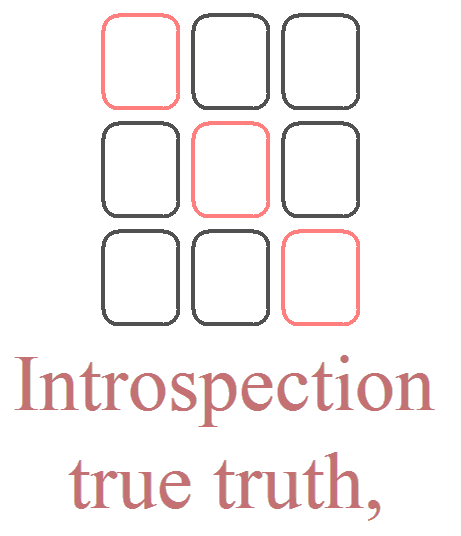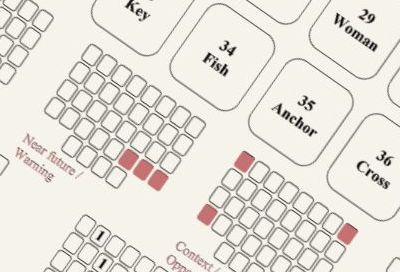It's completely normal to feel a little overwhelmed by the Grand Tableau, given the number of cards to interpret. But don't worry, it’s not necessary to read everything! If the question is specific or the querent is focused on a particular area, you can limit the interpretation to just a few cards.
The Grand Tableau doesn't follow a single, rigid method. It’s flexible and offers a wide range of possibilities. You can see it as a catalog of options to choose from based on your needs and desires. The important thing is to focus on the cards that seem significant to you and interpret them in a way that resonates with you.
The two phases of interpreting the Grand Tableau
It’s often helpful to divide the interpretation into two main steps:
-
General interpretation: Quickly skim the layout to get a general vibe or major trends. This gives you a first overview.
-
Interpretation of the Significators: Next, focus on the Significators (like The Lady, The Gentleman, or other specific cards like The Fox for work or The Fish for finances). If this term isn’t clear to you, refer to the article that explains in detail how to use Significators.
For each Significator card, two complementary approaches are available:
-
Read the Significator’s lines: Examine the cards in the same row, column, and diagonals as the Significator.
-
Read the Significator’s square: Analyze the 8 cards surrounding the Significator.
Types of associations to make during interpretation
To make sense of the Grand Tableau, you can use several types of associations:
-
Card combinations (2 or 3 cards, or even more)
-
The Houses
-
The traditional "Near/Far" method
-
The values and colors of the cards
Let’s take a closer look.
Combinations
The art of combining cards is essential to make sense of your reading. Combinations are often made with two or three cards (or even more). For example:
-
With two cards, you might have a Noun and an Adjective, a Subject and a Verb, or even a Cause and Effect (e.g., The Rider + The Clouds = uncertain news).
-
With three cards, you can create richer phrases: Noun - Adjective 1 - Adjective 2 or Subject - Verb - Object (e.g., The Fox + The Scythe + The Garden = the end of a work contract in a social setting).
For more details, check out the article on card combinations.
The Houses
In the Grand Tableau, each card is placed in a House. The resident card is the one in the reading, while the host card corresponds to the House. The interaction between these two cards can reveal crucial information. For instance, if The Fox (work) is placed in the House of The Fish (finances), it could indicate a salary increase.
To learn more, check out the article on using Houses.
The traditional "Near/Far" method
The "Near/Far" method is a traditional technique that involves interpreting cards based on their proximity or distance from the Significator. Cards that are close generally have a strong and positive influence, while those further away may indicate obstacles or delays.
To learn more, check out the article on this method.
The values and colors
The values and colors of the cards add extra nuance to your reading. For example, a Red card may symbolize positive energy or an affirmative response, while a Black card could indicate difficulties or challenges. You could also gather all the colors of the 8 cards surrounding the Significator (in the style of the YES/NO spread I describe in the link below) to determine if the overall energy around the Significator is positive or negative.
To delve deeper into this aspect, read the article on colors and values.



